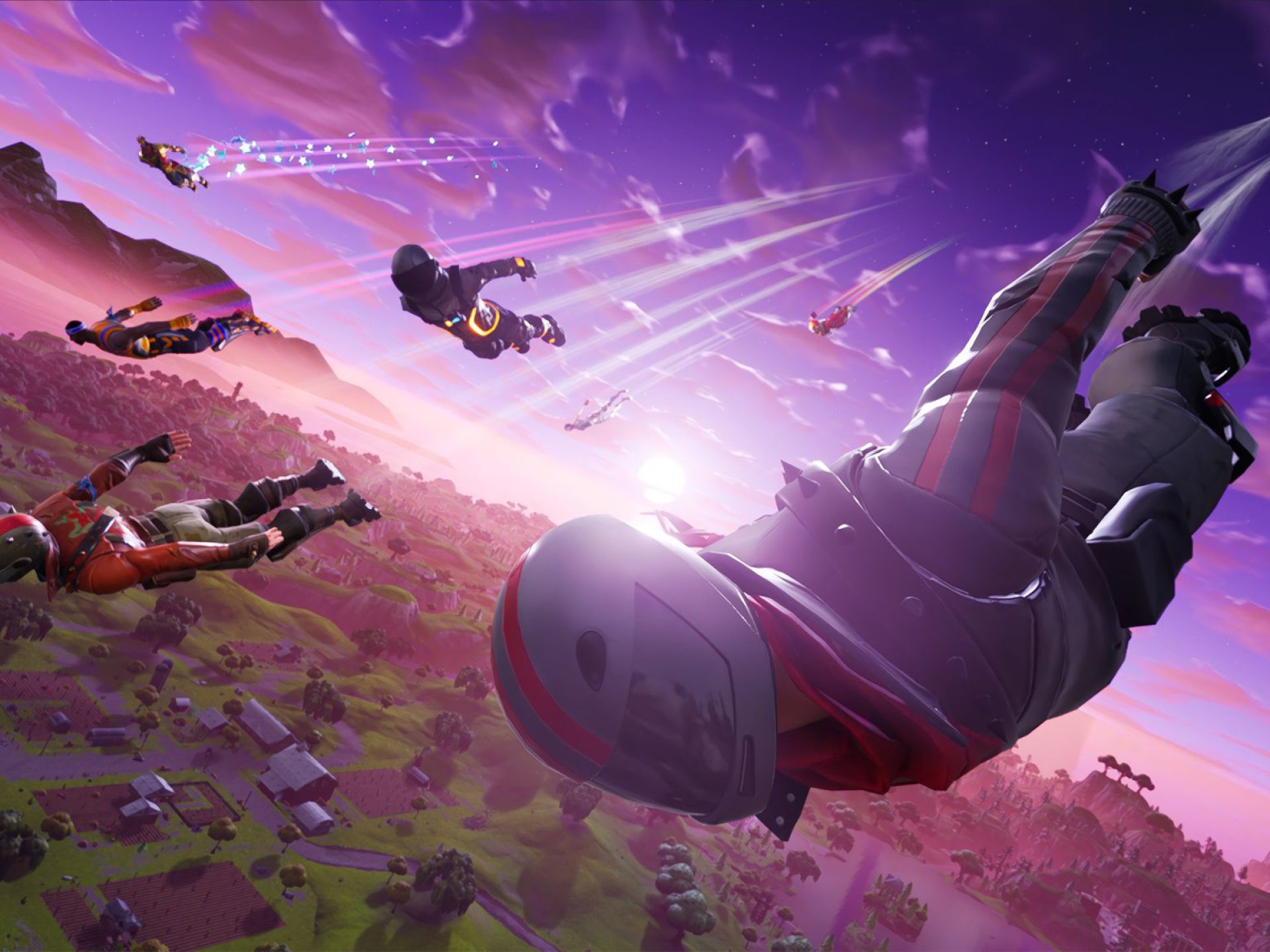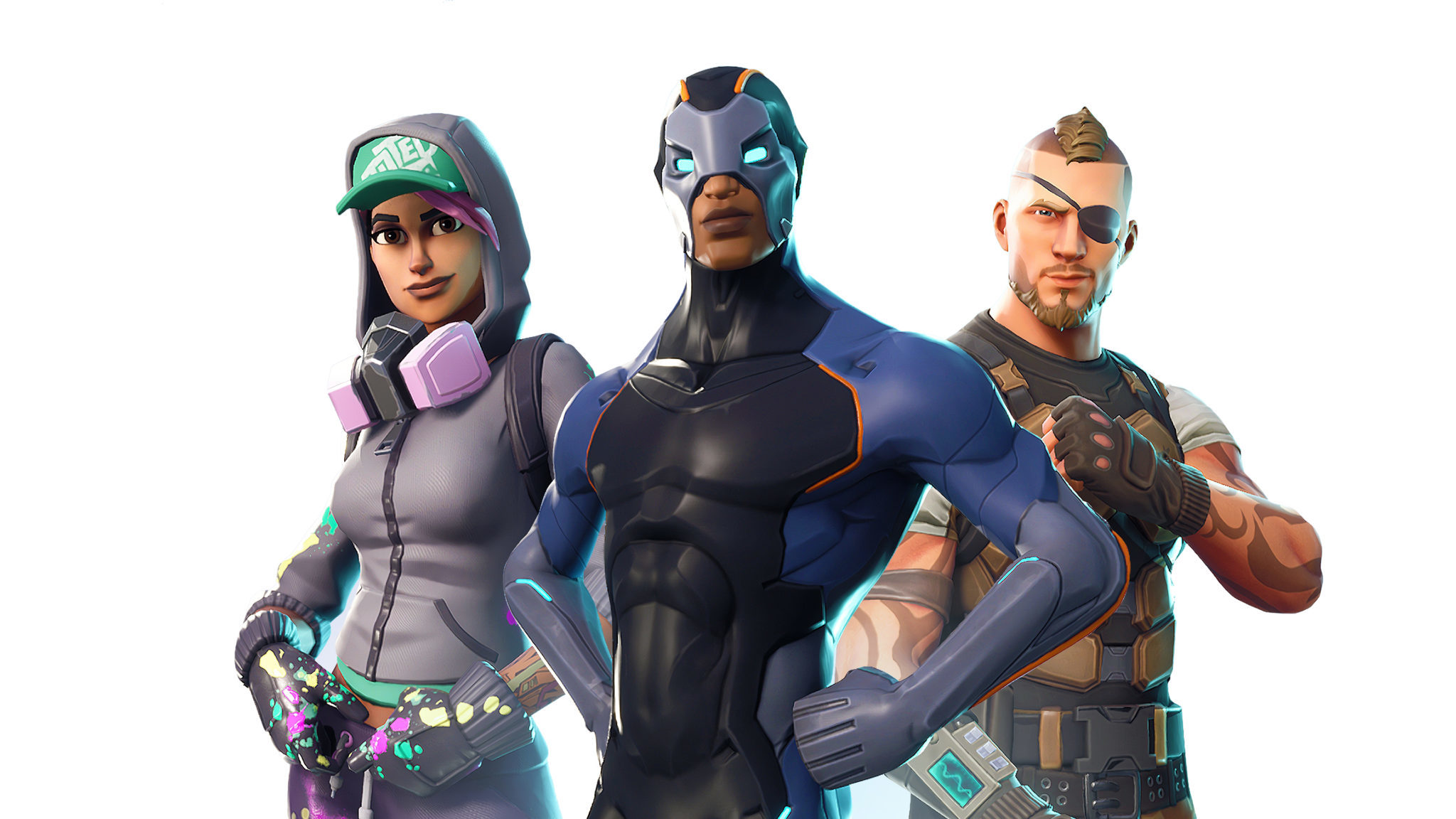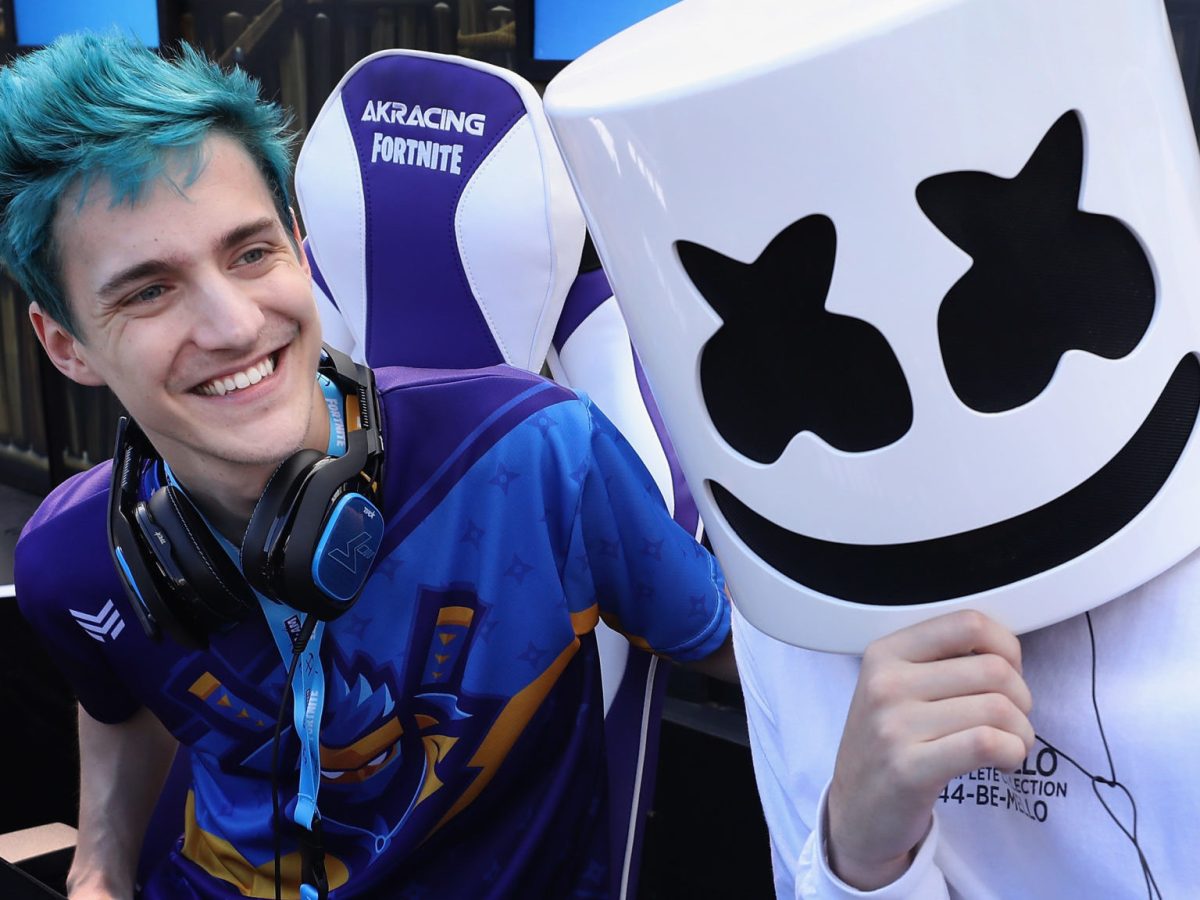March 13, 2019
Fortnite: The Game That’s Taking Over the World

This article was originally published in Populous Magazine, our biannual publication featuring news, information, and trends from the worlds of sport, entertainment, and major public events. Find out more, and sign up to receive a free copy, here.
If you haven’t heard of Richard Tyler Blevins yet, then you soon will. Known more commonly by his online alias, Ninja, this 27-year old from Chicago is likely to become the first household name among video gamers. He has millions of fans worldwide, pulls in nearly US$1 million a month, and in 2018 became the first gamer to grace the cover of sports bible, ESPN The Magazine.
What happened? In a word: Fortnite. This online video game, launched in September 2017, has quickly become a global phenomenon. It’s been played by more than 125 million people, brings in an estimated $200 million a month for its maker, Epic Games, and has swept up sponsors, streamers, adults, children, and indeed, sometimes whole families, in its wake.
Ninja, who made the canny decision to abandon his other video games not long after Fortnite went live, and focus entirely on the new game, has reaped the benefits. But it begs the question: what did he see that others didn’t? Or more to the point, why did Fortnite take off like it did?
This free-to-play game, where 100 players are dropped onto an island and fight until just one remains, is hardly the first game to test what’s known as the battle royale concept. But Epic added several layers to it that made it stand out. For one, there is an element of playfulness to the game, exemplified in the victory dances, or emotes, its characters do. Even non-players will recognise the dance move known as the Floss, which has since been mimicked the world over by schoolchildren and celebrities. Other popular Fortnite emotes include Electro Shuffle, Take the L, Disco Fever and The Worm.
Epic also incorporated a building aspect into Fortnite. Players can construct forts to hide in or launch attacks from, adding a layer of allure and intricacy – something that’s rare for a first-person shooter game. It has proven critical in drawing in a wider universe of players who might otherwise overlook it.
A level playing field
Another important difference is that, unlike other games which pride themselves on a competitiveness that often divides players, Fortnite is somewhat democratic. Players cannot buy advantages such as special powers or potent weapons. This gets to the heart of the genius behind Fortnite. The game is free to play yet is on track to bring in a staggering $2.4 billion for Epic this year.
This river of money is mostly generated by in-game purchases of skins (costumes that characters can wear), and emotes (such as those dance moves). In short: the only things for sale are trivial, so the playing field is level for all. No one can buy superiority.
The mixing of different gaming elements, combined with the carefully curated narrative that everyone has a chance to become the next Ninja, has made for an addictive cocktail. And if that wasn’t enough, Epic has upped the ante by offering more prize money than any developer in history.
In 2018 the company announced it would give away $100 million in tournament prize money, which dwarfs the next highest payer, Dota 2. The latter handed out $25 million in its landmark annual tournament, The International.

Going pro
Late 2019 will see Fornite’s first World Cup, a precursor to Epic’s next big trick: turning Fortnite into major new e-sport. It will be different, though. Unlike the companies behind Overwatch or League of Legends, Epic appears less interested in fomenting a professional system of well-capitalised teams which recruit top players, put them on salaries, and provide coaching and sports psychologists. The $250,000 cash prize for its Summer Skirmish tournament, for example, was won not by a pro gamer but by Morgausse, a relatively unknown 19-year-old from Tennessee – real name Austin Etue. Indeed, the battle royale format actually favours individuals over teams, which helps reinforce the idea that anyone can win.
Thus the company appears more focussed on monetising the content created by game-play – millions of hours of which are watched on Twitch and YouTube – and through sponsorships, than through the creation of an e-sports league.
The formula will soon get its first big test. Epic is understood to be demanding up to $25 million from brands interested in sponsoring the Fortnite World Cup, the venue for which has yet to be decided. That is roughly five times the cost of a TV advert during American football’s Super Bowl, the industry’s biggest day of the year.
It is a hefty ransom. However, advertisers may indeed be willing to pay as long as Fortnite can keep millions of teenagers and 20-somethings glued to their computers or smartphones, watching celebrity players like Ninja blast and build and perform dance moves. If so, both Ninja and Epic will be laughing all the way to the bank.
Lorem ipsum dolor sit amet consectetur, adipisicing elit. Non facere corporis et expedita sit nam amet aut necessitatibus at dolore enim quis impedit eius libero, harum tempore laboriosam dolor cumque.
Lorem, ipsum dolor sit amet consectetur adipisicing elit. Illo temporibus vero veritatis eveniet, placeat dolorem sunt at provident tenetur omnis, dicta exercitationem. Expedita quod aspernatur molestias eum? Totam, incidunt quos.
